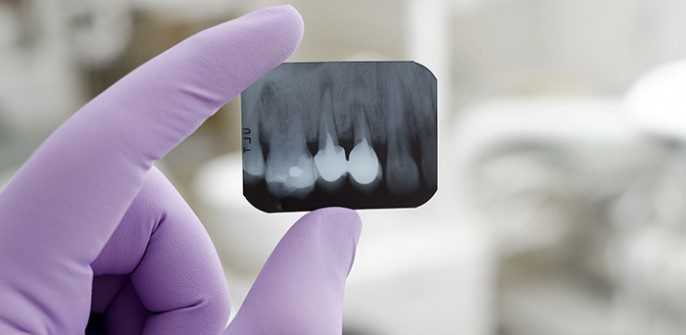

What is Root Resorption?
Root resorption occurs in childhood, when the roots of baby teeth are broken down by the body to make room for permanent teeth to grow in. However, after permanent teeth are in position, root resorption is an uncommon condition where the body’s cells dissolve the tooth root structure.
Serious cases of root resorption are thought to be caused by factors like trauma to teeth, dental hygiene issues, inflammation of the tooth nerve, or even excessive grinding. Most cases of root resorption are asymptomatic, though sometimes pinkish spots can appear on the teeth near the gum line. Fortunately, early signs of root resorption are easily detectable with standard dental x-rays.
Can Braces Impact Tooth Roots?
Braces and Invisalign work by applying pressure to your teeth to slowly move them. The bone at the pressure point breaks down, and new bone forms as the tooth shifts position. For most orthodontic patients no change in tooth roots is detectable during or after treatment.
In a small percentage of patients, a small change in the length of the tooth root is noticeable. These changes may occur in patients who have a genetic history of root resorption. In other words, it runs in the family, but minor root shortening usually isn’t a cause for concern like trauma-induced resorption.
If your family has a history of root resorption the team at Fry Orthodontics will formulate a treatment plan that works best for you. Regular x-rays are part of every orthodontic treatment plan, so we’ll be able to track the progress of your roots as your teeth move and keep your smile healthy and strong.
We love hearing your questions! If you’d like to learn more about braces or Invisalign, or have any questions about treatment, call us today for a free consultation.
